Hunting Snowfox
Look mommy! So fluffy! Can I have him? Pleeeaaaasssseeeeee?
Barions
Main Article: Barions
Snow foxes used to hunt for themselves in the Kala region until the Barions found them. The Barions were survivors from a long-lasting conflict and escaped to the north, where they figured nobody would find them or look for them. While battling the cold, the Barions observed and attempted to replicate the foxes' hunting strategy. However, their own clothing was getting in the way. The thick winter clothing took away the agility for the hunt. Thus, after a while, they started to capture and train them for their own gains.Near Extinction
Main Article: Breeding and Releasing Snow Foxes
The Barions were wholly dependent on the Hunting Snowfox for food. Therefore, they started capturing and training them. That lead to a fast decline in wild snow foxes which almost resulted in conflicts between villages. After a regional meeting with all the village heads, the Barions agreed that this couldn't continue. They created a plan to balance using the snow foxes for the hunt and what nature really needed. The core idea they came up with was quite simple, really. They started breeding the Hunting Snowfoxes. Every litter of cubs would be cared for by members and foxes of the village until they were ready to begin their training (around 6 months old). At that point, they've learned everything they need to know to survive in the wild. Once the young adults reach this phase, the Barions free half of the litter in the wild while keeping the other half for training.Village Life
The Hunting Snowfox provides a lifeline for the village with food and trade ware. Therefore, everyone in the village respects the snow foxes. Children learn from a young age to always respect them and appreciate their contribution. They need to develop that love for the foxes to become capable trainers or carers. Because, when the foxes are in the village, they are part of the community. They bring the food, so the villagers provide them with food and shelter.Training
Main Article: Hunting Snowfox
When a Hunting Snowfox reaches the young adult stage at six months old, it is time to start the training. While they have learned from their parents how to hunt and fend for themselves in the wild, living with humans and gnomes is still different. They must learn to trust the people around them. Sometimes, even with the training, the fox doesn't develop any sense of trust. Instead of outcasting those, the trainers try to find a wild pack and release the fox there to resume the rest of its life in the wild. Other than that, the training covers the following subjects:- Barion Trust;
- Formation Training;
- Hunting Training;
- Resource Training.
The Hunt
Whenever they go on a hunt, the Hunting Snowfoxes always go in a pack of roughly 8 to 14 foxes. With this many, they can cover a large area when they are in search of their prey. Their excellent sense of smell and keen eyes allow them to spot prey from kilometers away. Once spotted, they form a huge circle to sneak towards their prey. When it realises the presence of the foxes, it is usually too late. The foxes are close and have tightened the circle forming a net around their quarry.It is almost impossible to escape at this point. In most cases, the prey will try to escape the net by running around and trying to dodge the foxes. However, the pack is large in number allowing them to use a double circle tactic. The first circle captures the prey, the second circle is the safety net for when the quarry tries to escape and breaks through the first one. The foxes use this tactic with most of their preferred game, using variations of it depending on what they are hunting. The foxes primarily target Kala Hares, Kala Pigeons, Kala Seals, and Kala Lemmings. For all of them, except the lemmings, they use a variation of the double circle tactic that gives them at least 80% chance of a successful hunt. For the hares, it is the standard double circle tactic. With the pigeons, they apply the tactic quicker, using the first circle to gain on the bird and the second circle to jump on it to prevent it from flying away. With the seal, they try to position the second circle on the side of the ice hole. Once, ready, they lunge with three foxes at the seal in an attempt to block the escape either by sliding over it, or accidentally falling into it. Sometimes, none of the primary targets are in the vicinity. If a hunt takes too long, the Hunting Snowfox will start targeting other game or their food, even ones that are much bigger than themselves. First, they go for slightly bigger prey, and slowly build up as the days trickle away. When the need arises in such cases, the foxes are capable of taking down a massive Kala Bear, supplying their village (and thus themselves) with food for almost a month.
Basic Information
Anatomy
See how they tuck their paws and head under the belly and tail? That's how they minimise heatloss during the cold nights here in the region. Their second best trick is finding a spot of the wind. Do both, and you'll be relatively well off out there.
Genetics and Reproduction
During the mating season, some will stroll in packs for resources and others will build dens and nests for the females to give birth to the pups. After the shelters are finished, and all the males are back, the females inspect them. It is vital to let the female be, as she wants to look around on her own. Any male that tries to sway her gets a giant paw in the face. He just lost all chances with her. After inspection, the females will wander around the males to pick a mate.
The last step to finalise the bonding between the foxes is the mating dance. At this point, the male will lure the female with careful walking and nudging to the den. It is a cosy dance and very intimate. Once arrived at the nest, the foxes will curl up for the night. The gestation period is roughly 50 to 60 days. During that time, the female snow fox uses a lot of energy. Therefore, the male cares constantly for her, providing her with food, warmth and protection. Starting the 40th day, the female stays in the den until the pups are born. One litter can contain up to 15 foxes. Once born, the parents are constantly on the hunt to provide their pups with enough food. These younglings come out with black fur making it easy for the parents to spot them if they try to get out of the den.
Growth Rate & Stages
Additional Information
Perception and Sensory Capabilities
Table of Contents
Female: 2.9kg
Female: 41 - 55cm
Tail: 30cm


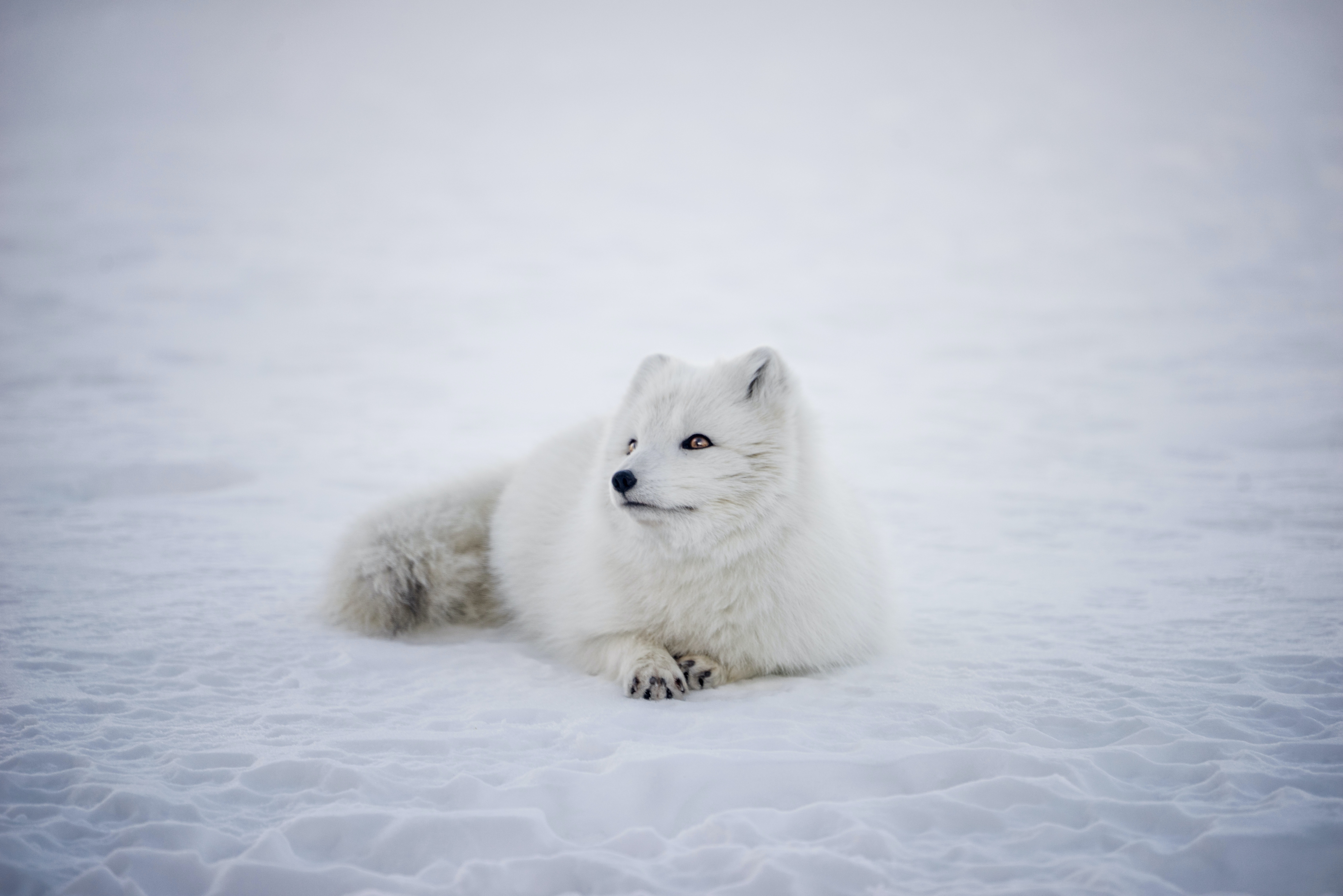
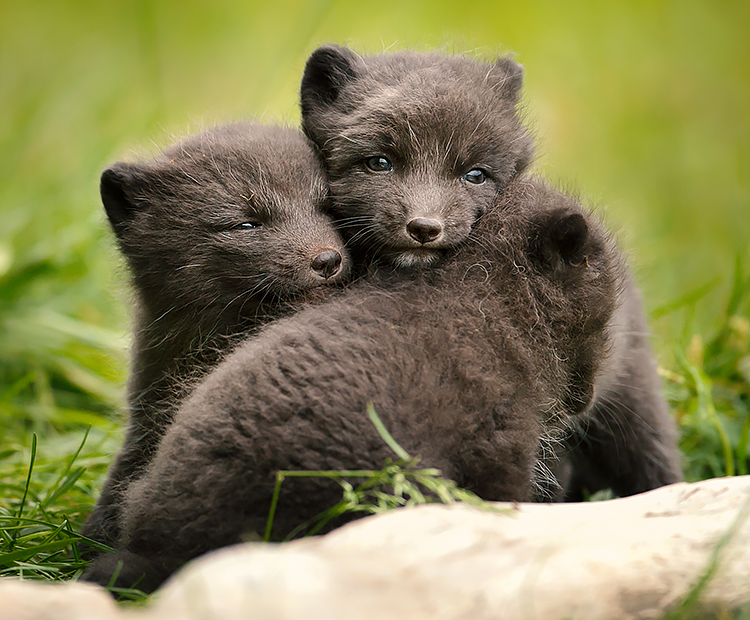
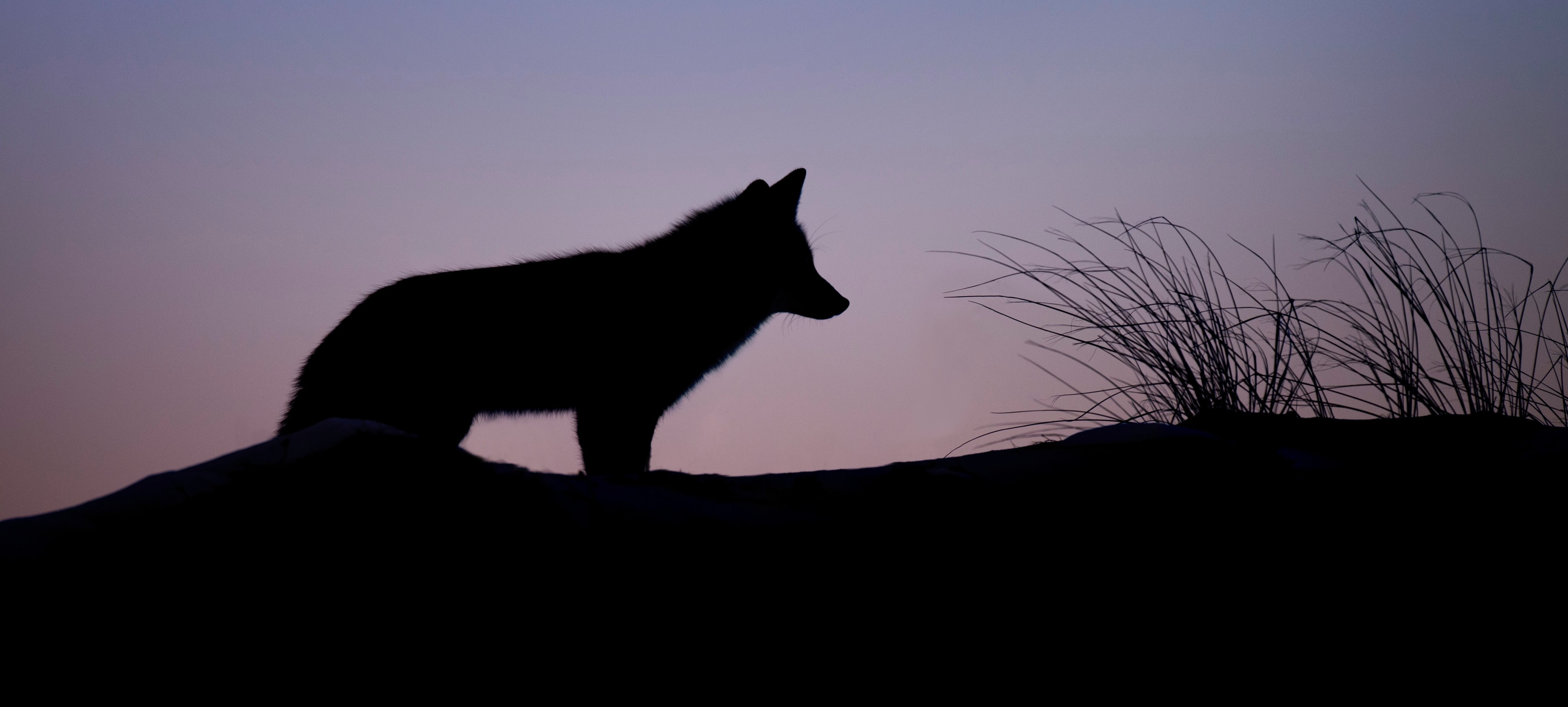
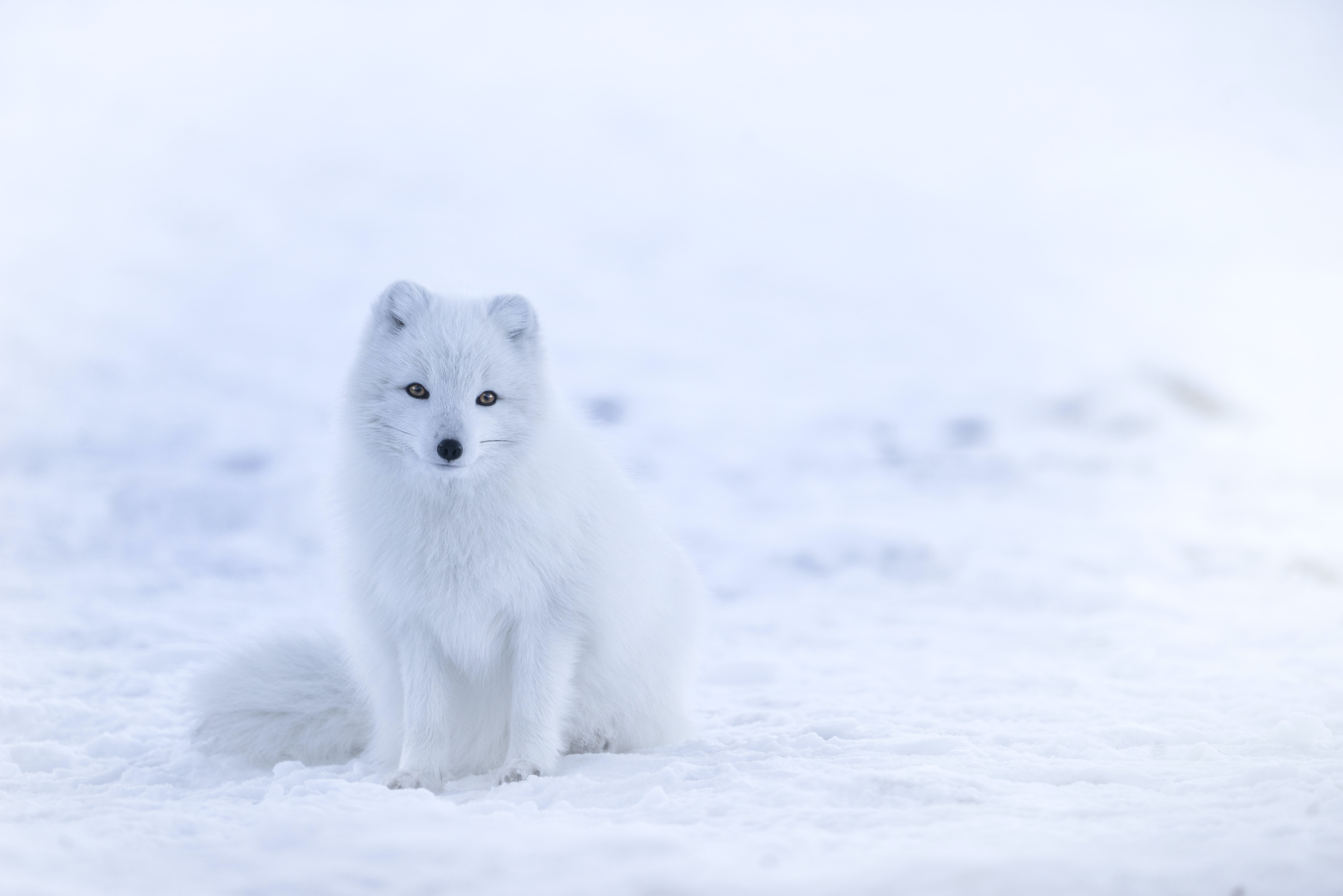




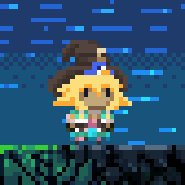
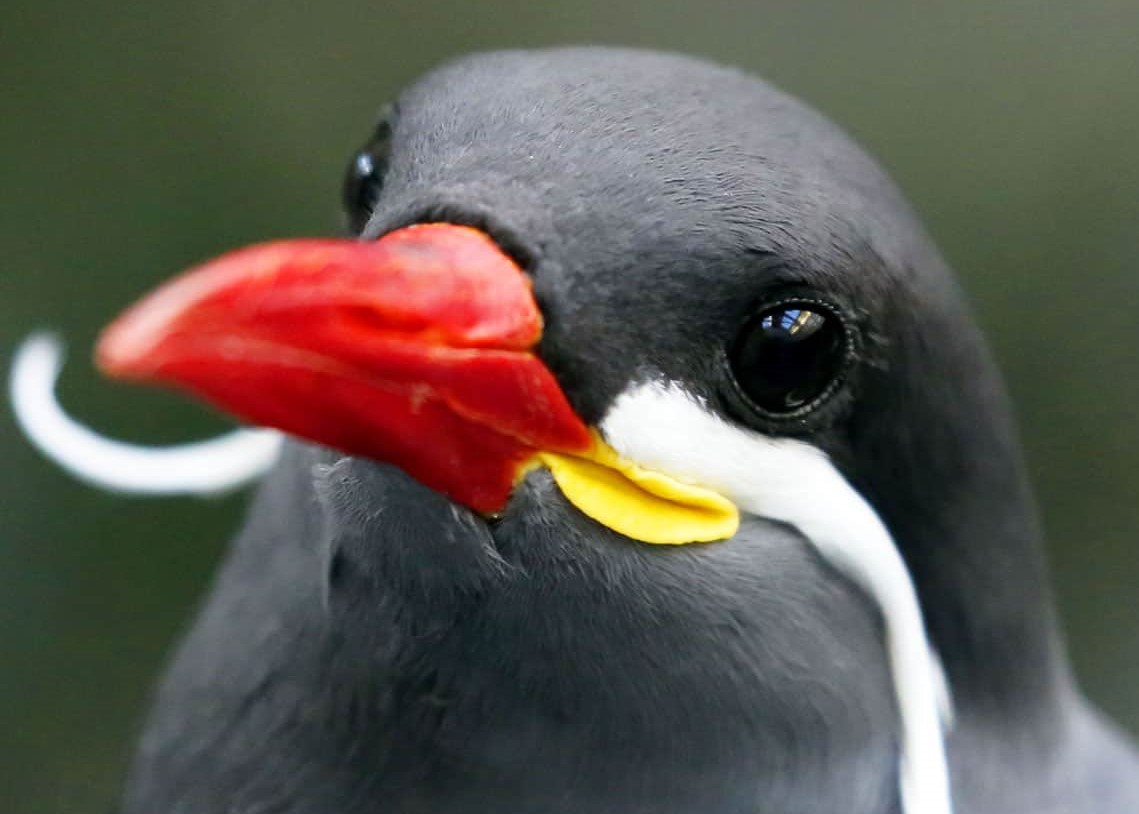

Interesting history and treaty between the two species. I also love the concept of naming the wildlife after the region they are in, keeps it simple and effective for readers. Happy SummerCamp ShadowPhoenix ^^